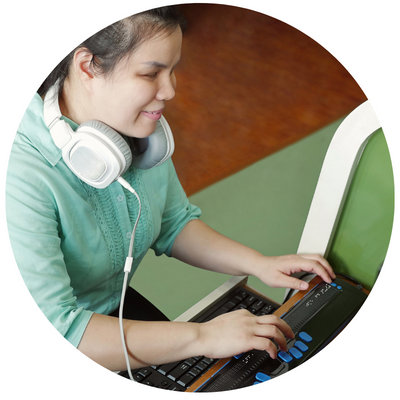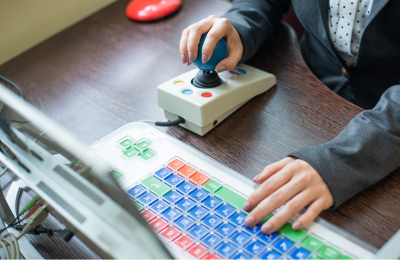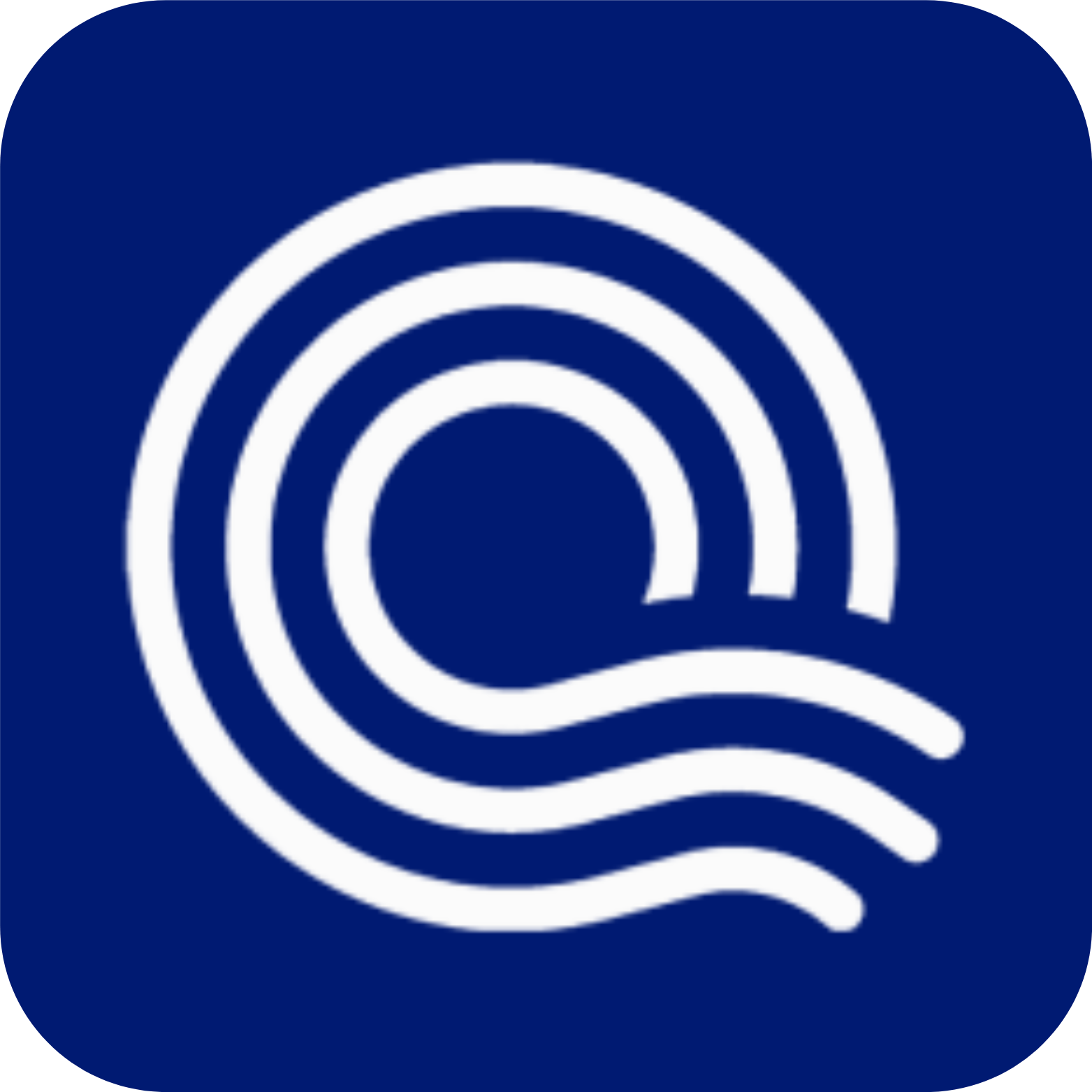Accessibility
The Association of University Centers on Disabilities (AUCD) is committed to ensuring digital accessibility for people with disabilities. It is essential that every person who visits our website has a good user experience and can find the information most relevant to them. We are doing this by applying relevant accessibility standards, testing regularly, and requesting ongoing feedback.
Accessibility is about making sure that barriers that may prevent people with disabilities from taking part are removed. Inclusion is about going a step further and ensuring that people with disabilities are included as valuable members in all aspects of society.










